Hunting Gravitational Waves: The LIGO Laser Interferometer Project in Photos
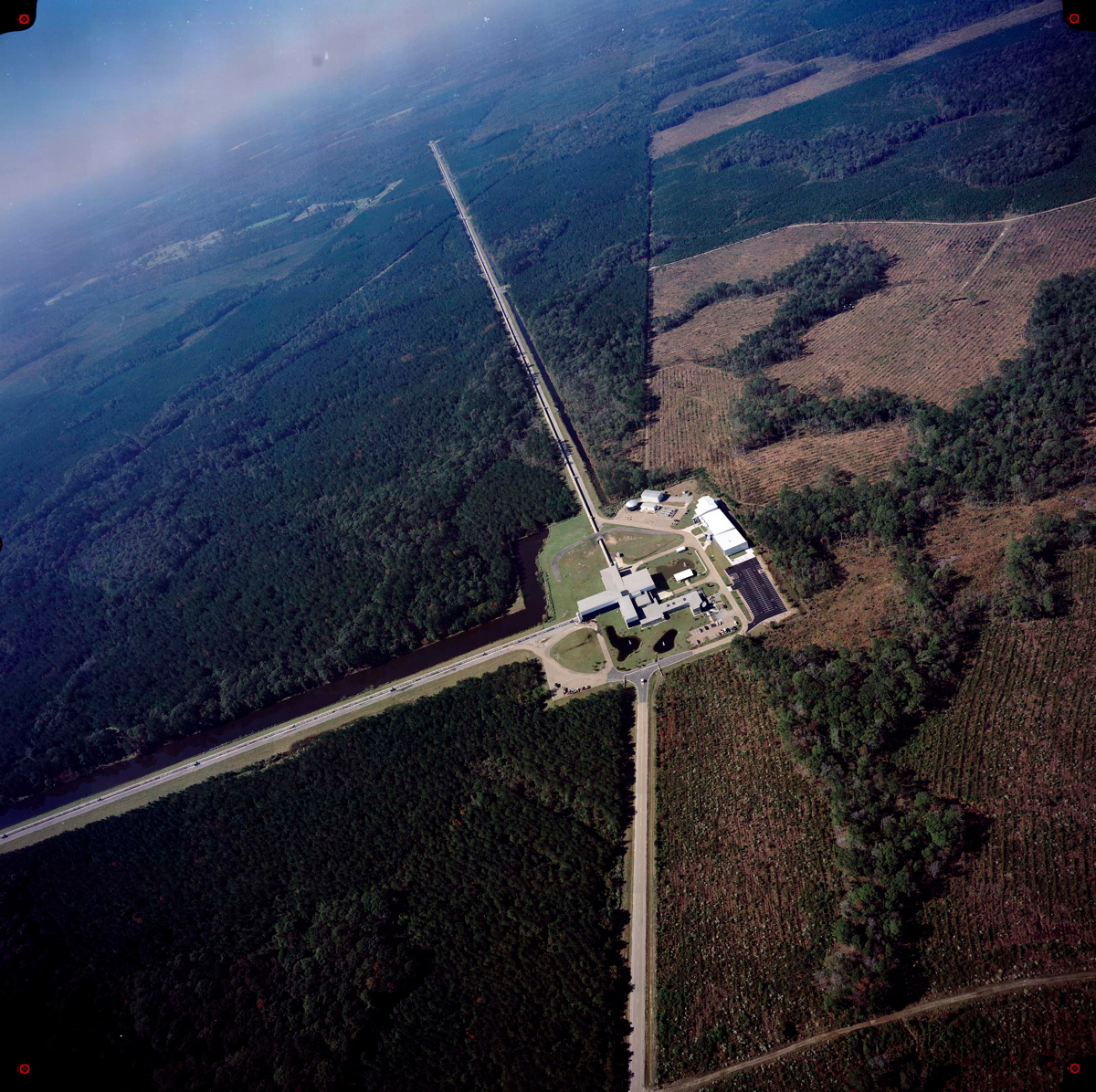
Aerial View of LIGO Livingston Laboratory
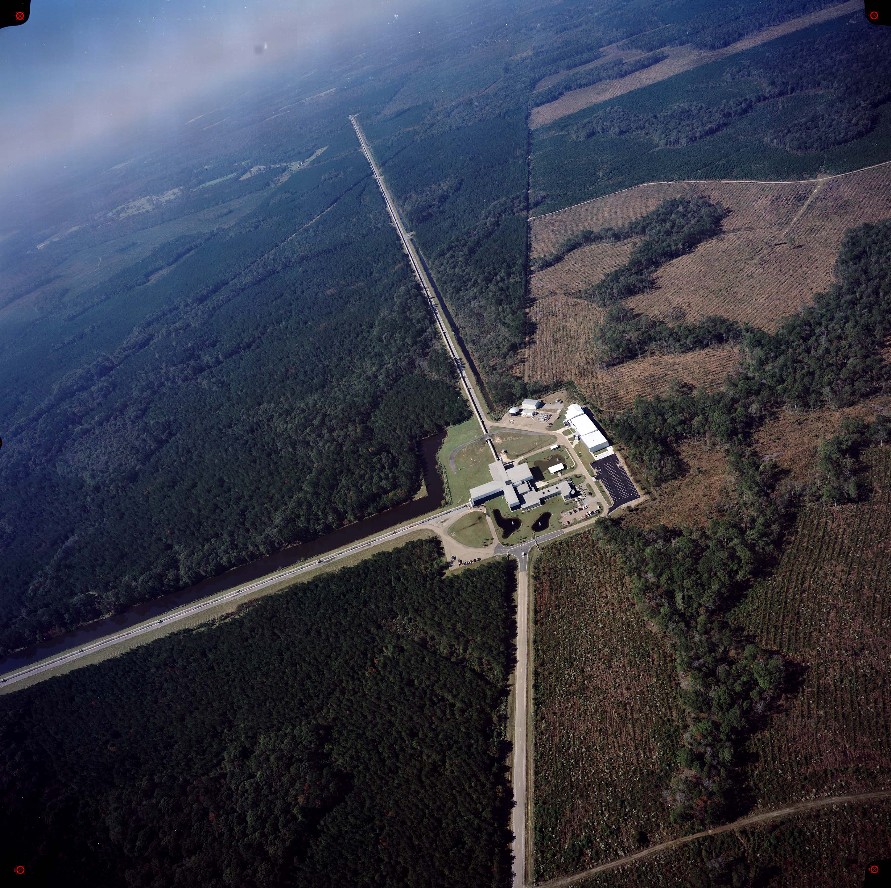
Certain detection of gravitational waves requires at least two detectors located at widely separated sites. Regional phenomena such as micro-earthquakes, acoustic noise, and laser fluctuations can cause disturbances that simulate a gravitational wave event, but do not seem likely to happen simultaneously at two distant sites. Settings for the LIGO observatories were selected by the National Science Foundation (NSF) near Livingston, Louisiana, and at Hanford, Washington. These venues, separated by nearly 2,000 miles, possess the size and flatness sufficient to accommodate the 2.5-mile (4-kilometer) interferometer arms.
How Gravitational Waves Could Be Detected With LIGO (Infographic)

Using laser beams, scientists have detected the physical distortions caused by passing gravitational waves. See how the LIGO observatory hunts gravitational waves in this Space.com infographic.
LIGO Hanford Observatory
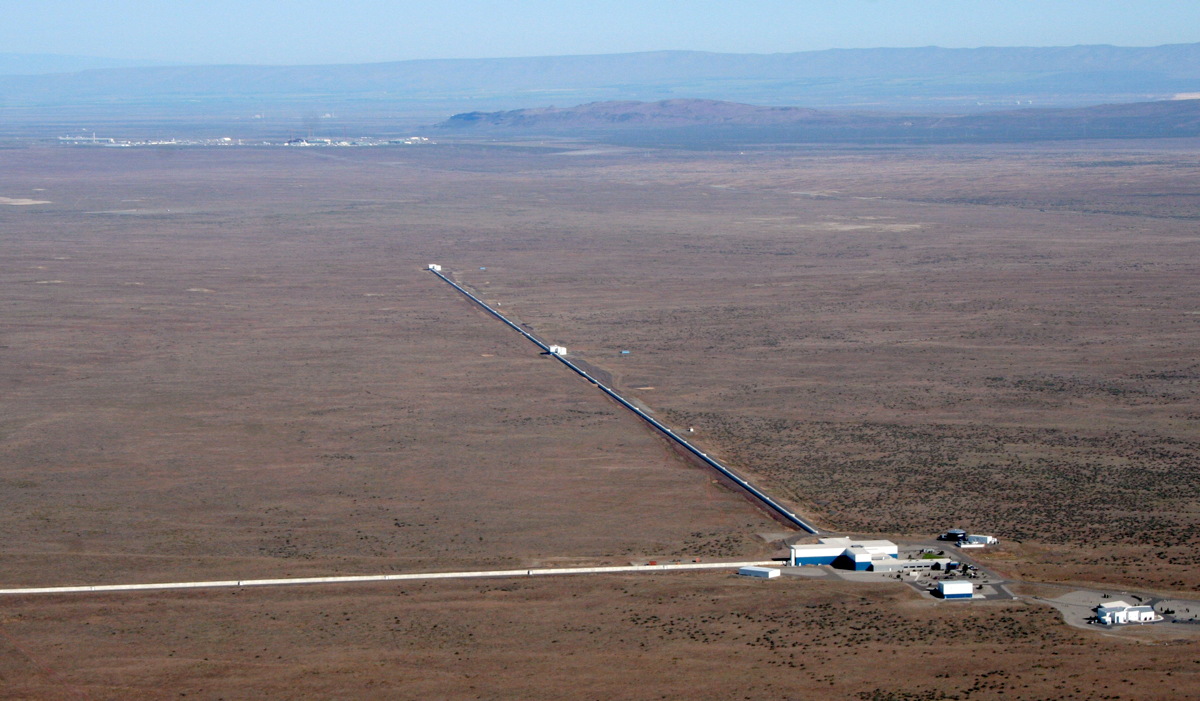
The Laser Interferometer Gravitational-Wave Observatory (LIGO) tries to detect gravitational waves. The detector consists of a 4-foot diameter vacuum pipe arranged in the shape of an L with 2.5-mile (4-kilometer) arms. Since gravitational waves penetrate the earth unimpeded, these installations don't need exposure to the sky and remain entirely shielded in a concrete cover. At the vertex of the L, and at the end of each of its arms, hang test masses from wires, and the masses possess mirror surfaces. These mirrors make up the sensors of gravitational waves. Two facilities, thousands of miles apart, will eliminate uncertainty in the results.
Livingston Vertex Area #2
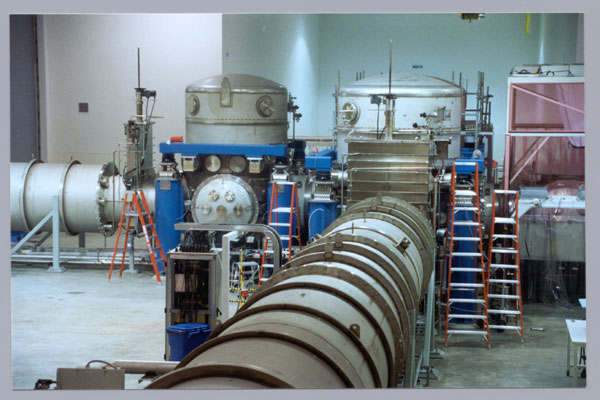
Livingston vertex area showing the intersection point of the two arms.
Livingston Vertex Area
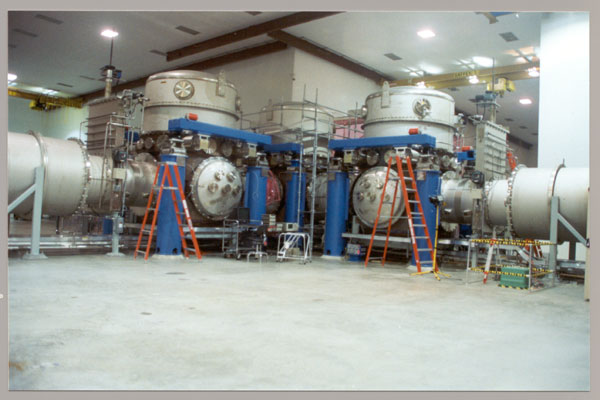
Large gate valves are visible above the beam pipes to either side of the chambers.
HAM from the Inside
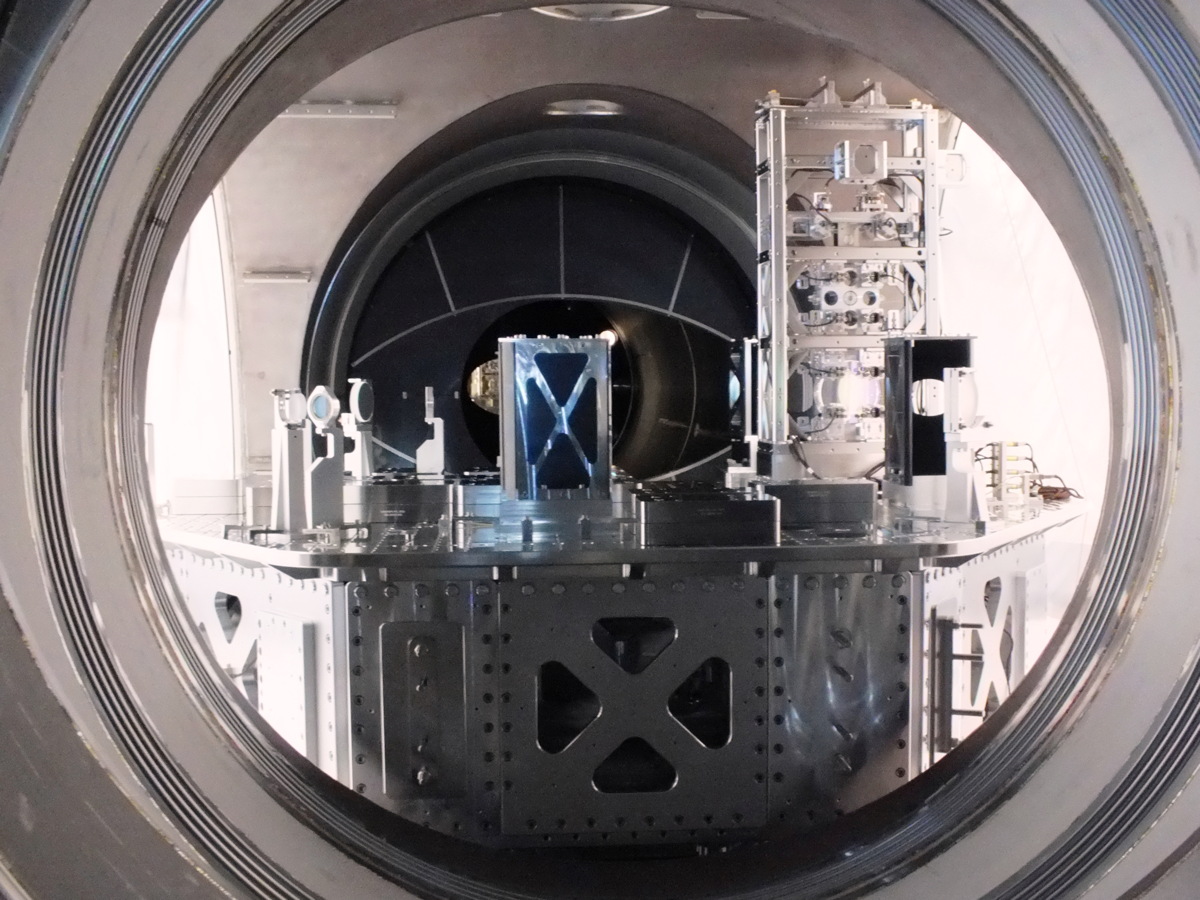
HAM (Horizontal Access Module) is a vacuum chamber holding the input and output optics that inject laser light into the main LIGO interferometer, and further receives output light from the interferometer.
35 W Enhanced LIGO Laser
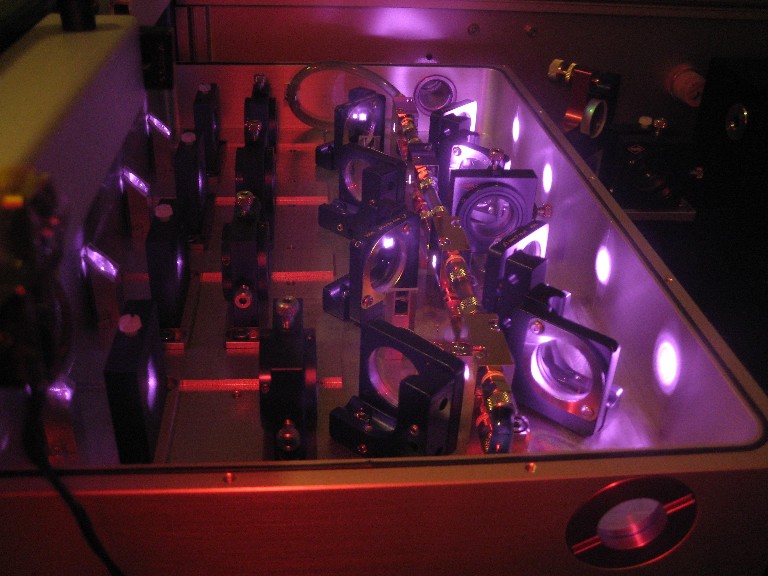
The pre-stabilized laser (PSL) provides frequency and intensity stabilized light for the Advanced LIGO interferometers. The heart of the PSL is a three-stage laser system. The second stage delivers an output power of 35 W. Here the NPRO beam passes through four Nd:YVO4 crystals, also pumped at 808 nm.
Get the Space.com Newsletter
Breaking space news, the latest updates on rocket launches, skywatching events and more!
How Gravitational Waves Work (Infographic)
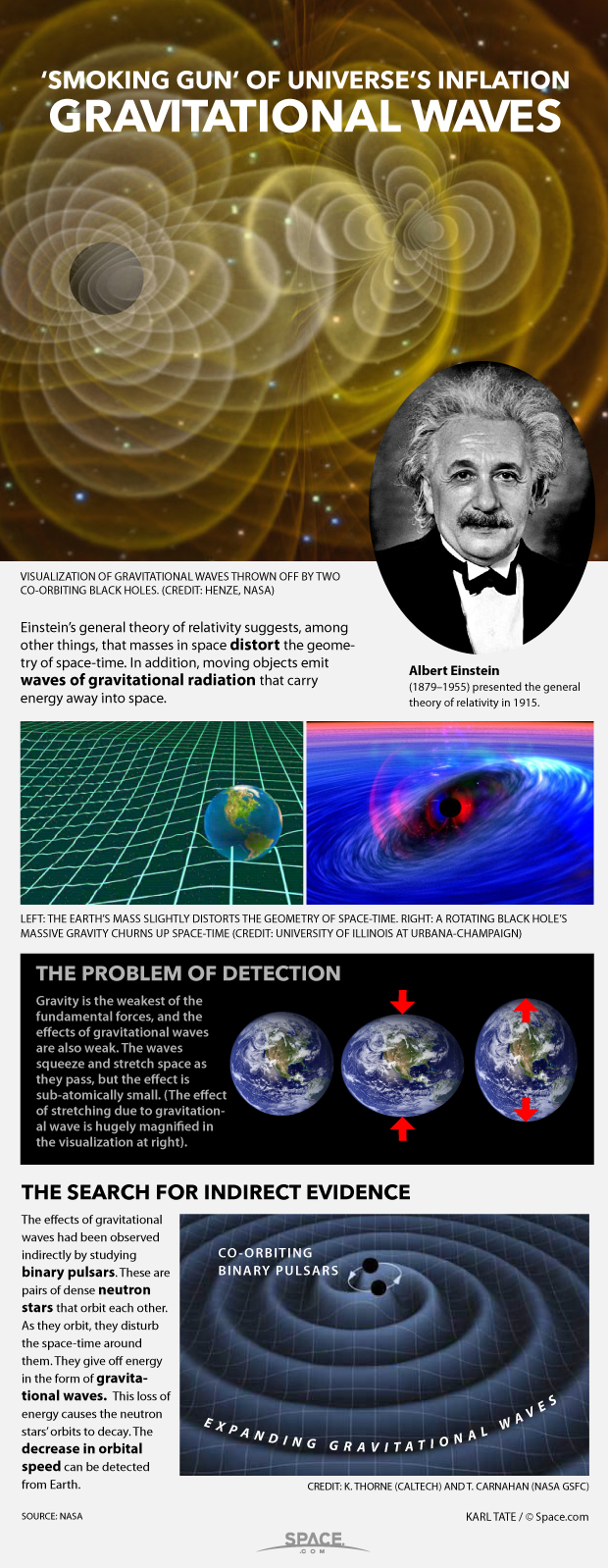
Moving masses generate waves of gravitational radiation that stretch and squeeze space-time. See how gravitational waves work in this Space.com infographic.
Aerial View of LIGO Hanford Observatory #2
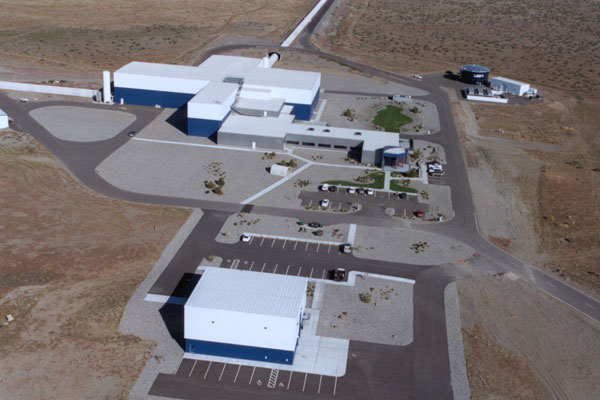
Aerial view of LIGO Hanford Observatory.
Diagram of LIGO Detector
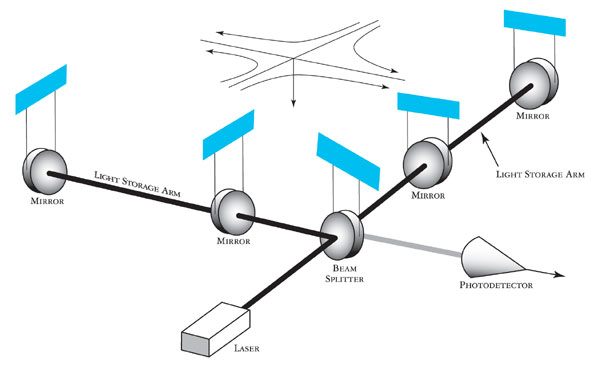
Gravitational waves are ripples in the fabric of space-time. When they pass through LIGO's L-shaped detector they will decrease the distance between the test masses in one arm of the L, while increasing it in the other.
X Arm of the LIGO Hanford Observatory (LHO)
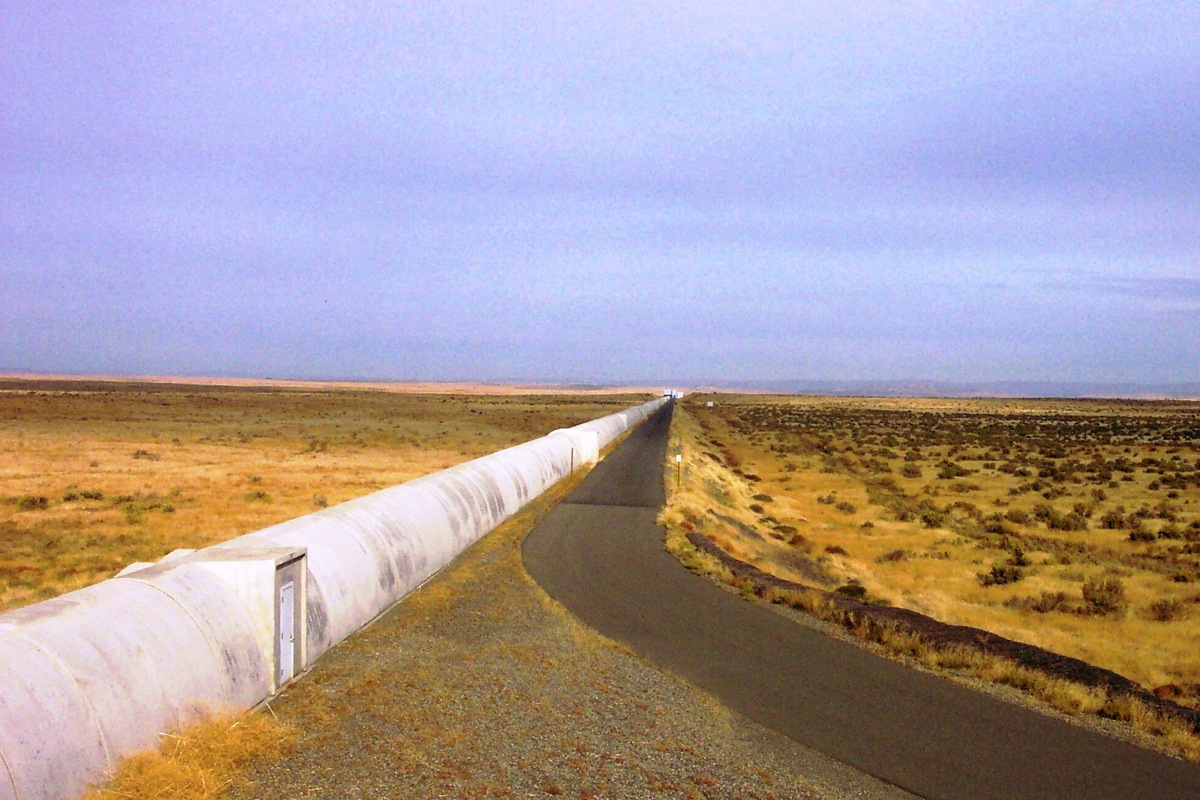
2.5-mile (4-kilometer) X arm of the LIGO Hanford Observatory (LHO).
Join our Space Forums to keep talking space on the latest missions, night sky and more! And if you have a news tip, correction or comment, let us know at: community@space.com.

Space.com is the premier source of space exploration, innovation and astronomy news, chronicling (and celebrating) humanity's ongoing expansion across the final frontier. Originally founded in 1999, Space.com is, and always has been, the passion of writers and editors who are space fans and also trained journalists. Our current news team consists of Editor-in-Chief Tariq Malik; Editor Hanneke Weitering, Senior Space Writer Mike Wall; Senior Writer Meghan Bartels; Senior Writer Chelsea Gohd, Senior Writer Tereza Pultarova and Staff Writer Alexander Cox, focusing on e-commerce. Senior Producer Steve Spaleta oversees our space videos, with Diana Whitcroft as our Social Media Editor.









